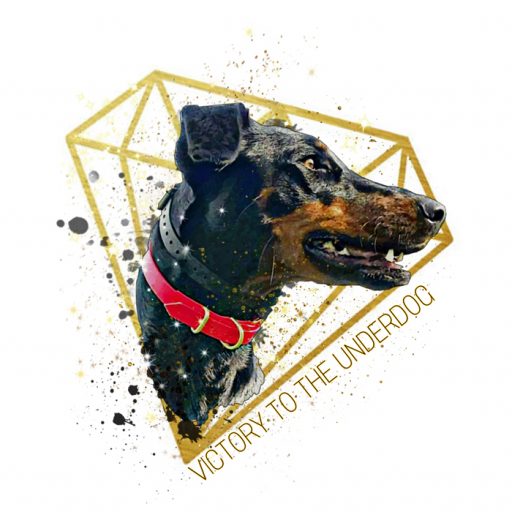
What is Canine Learning Theory?
Canine learning theory refers to the study of how dogs learn and how their behavior can be shaped and modified through training. There are several theories of canine learning, but the most commonly accepted ones are classical conditioning and operant conditioning.
Classical conditioning involves learning through association. In the case of dogs, this means that they can learn to associate a neutral stimulus, like a sound or a word, with a positive or negative outcome. For example, a dog can be trained to associate the sound of a clicker with a reward, such as a treat or praise. Over time, the dog learns to associate the sound of the clicker with the reward, and will begin to respond to the sound alone, even without the presence of the treat. However, it’s important to note that a dog can also be trained to associate the sound of the clicker with a punisher, such as a loud noise or a spray of water.
Operant conditioning, on the other hand, involves learning through consequence. In this type of learning, dogs learn to repeat behaviors that are rewarded, and to avoid behaviors that result in negative consequences. Operant conditioning includes both positive and negative reinforcement, as well as positive punishment and negative punishment.
- Positive reinforcement (R+) involves rewarding a dog for desirable behavior, such as giving them a treat for sitting on command.
- Negative reinforcement (R-) involves removing an unpleasant stimulus when a desired behavior is exhibited. For example, a dog can be trained to come when called to avoid being scolded or put on a leash.
- Positive punishment (P+) involves applying an unpleasant consequence, such as a spray of water or a loud noise, when an undesirable behavior is exhibited. An example of positive punishment would be using a squirt bottle to discourage a dog from jumping on people.
- Negative punishment (P-) involves removing something the dog wants, such as attention or a toy, when they engage in undesirable behavior, like biting or chewing on furniture.
Overall, understanding canine learning theory is crucial for dog owners and trainers to create a positive and effective learning environment for their dogs and to modify their behavior in a safe and humane way.


